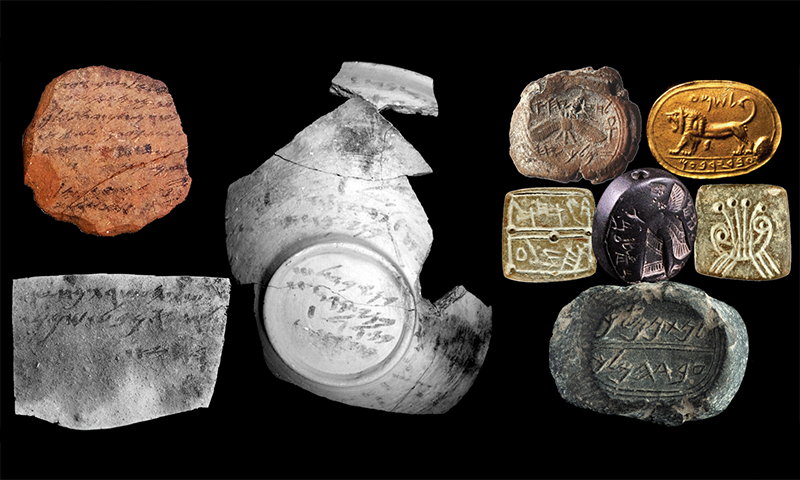Now Reading: Uncovering the Stories Behind Names
-
01
Uncovering the Stories Behind Names
Uncovering the Stories Behind Names

Quick Summary
- Researchers analyzed over 1,000 ancient Hebrew names from stone and clay artifacts belonging too the Kingdoms of Israel and Judah during the Second Iron Age (950-586 B.C.).
- The study revealed greater name diversity in the Kingdom of Israel compared to Judah, indicating societal differences. Israel’s diversity was likely influenced by its location on trade routes and external cultural exchanges.
- Judah’s concentration of fewer names reflected inward-focused development due to religious and political consolidation.
- Statistical methods used in ecology were adapted to measure name diversity, which aligns with theories correlating cosmopolitanism with higher name variation, as demonstrated by modern data from countries like France, Israel, and the U.S.
- the study primarily examined elite male names etched into durable artifacts as written records for this era are scarce.
- Published findings appeared in Proceedings of the National Academy of Sciences, highlighting how personal names serve as cultural indicators.
Read More: The History Hidden in Names
Indian Opinion Analysis
This analysis demonstrates how analyzing patterns such as naming conventions can uncover deep insights into historical societies. For India, where ancient inscriptions are abundant across temples, seals, coins, and pottery shards spanning millennia-from Indus Valley Civilization to Mauryan era-similar methodologies could shed light on social structures influenced by commerce or religious ideologies. In particular, India’s vast linguistic diversity offers a fertile ground for exploring regional cosmopolitanism or cultural consolidation through onomastic studies.
Furthermore,leveraging statistical tools parallels ongoing efforts within india’s academic circles where computational methods increasingly support archaeological research. These findings reinforce that historical trade networks often shaped openness toward external influence-a theme relevant for understanding India’s own trading legacy along routes like Silk Road or Spice Trade corridors. Scientific inquiry into name origins could foster interdisciplinary dialog among linguists, historians, and ecologists alike.
Such empirical work underscores that analyzing micro-level elements like names reveals macro-level dynamics about identity shifts tied to governance or migration trends-a perspective valuable for building bridges between past insights and present socio-cultural phenomena.

























